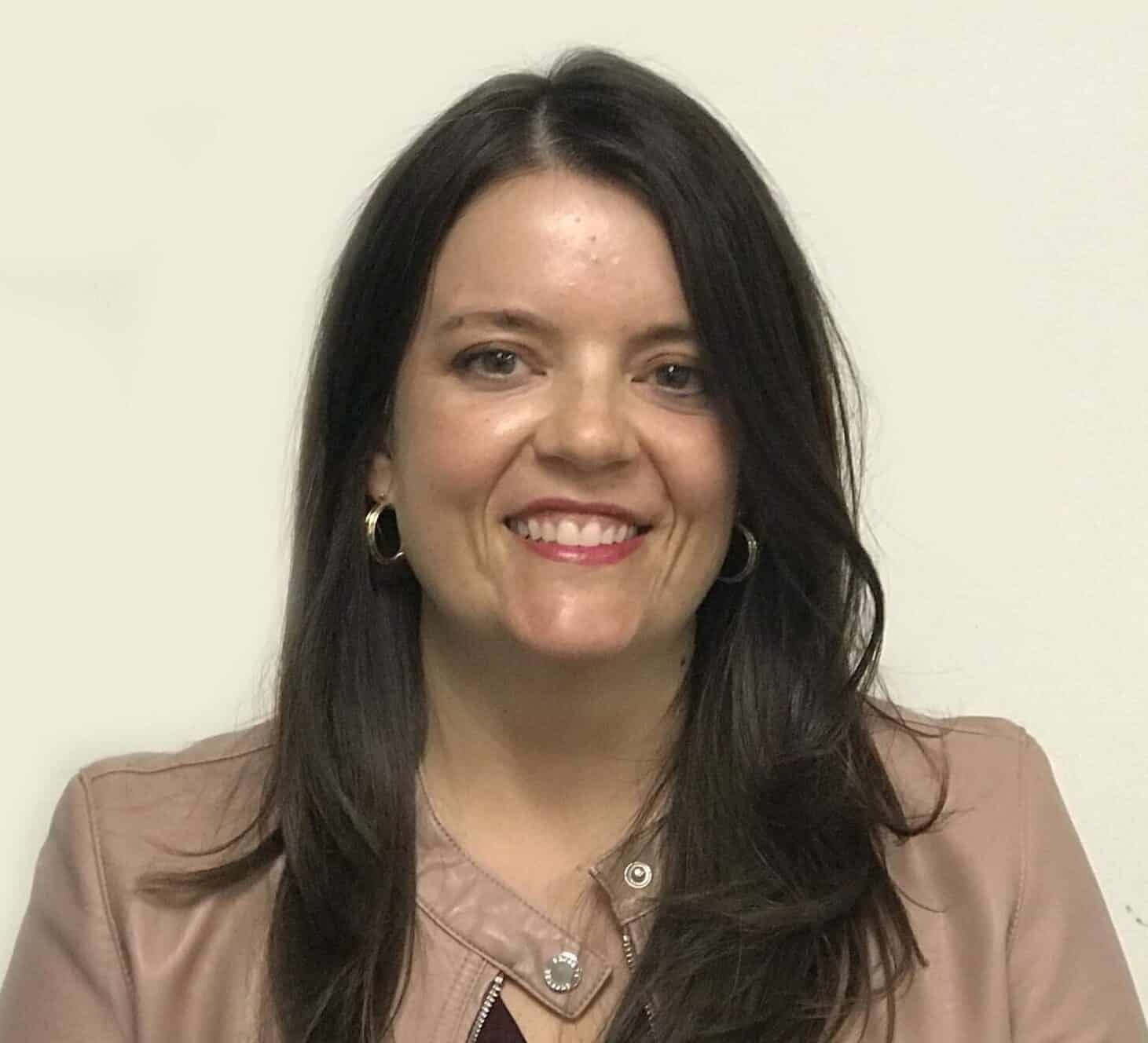Introduction
The District of Columbia had a rough primary election. The Board of Elections encouraged people to vote by mail and then opened only 20 polling stations instead of the usual 143.
The flood of requests for mail-in ballots overwhelmed election staff, who received more than 15 times the number of applications they normally do. Some election workers hand-delivered ballots to voters at their homes to make sure they would arrive on time, according to The Washington Post.
Sign up for The Moment newsletter
Our CEO Susan Smith Richardson guides you through conversations and context on race and inequality.
District voters who showed up to cast a ballot in person often had to wait in long lines. That’s largely because poll workers disinfected machines after each use and limited the number of people who could enter the polling station. At multiple sites, voters were still waiting in line after the polls closed.
Mayor Muriel Bowser later admitted that the long lines were a sign of “failed execution.”
The District has since smoothed out most of the problems. The Board of Elections mailed ballots to all registered voters for the general election instead of waiting for them to apply first. It opened four times as many polling places as in the primary, including at the Capital One Arena and Nationals Park stadium.
In normal, pre-pandemic times, it was fairly easy to cast a ballot in the District. Voters can request an absentee ballot without an excuse and can register to vote on Election Day.
The District’s biggest problem with voter disenfranchisement is the fact that residents have no representation in Congress.
The House passed a bill in June that would grant statehood to the District, creating three new Congressional seats. The Senate has yet to consider the bill.
Meanwhile, here are two ways the District has expanded voting access in the nation’s capital:
The District restored voting rights to prisoners
In July, the District became the third jurisdiction to let prisoners with felony convictions vote from behind bars. Maine and Vermont have long allowed it.
Felony disenfranchisement spread in the U.S. after the Civil War, as states paired it with aggressive efforts to arrest Black men as a way to maintain white political control.
The District’s move is part of a nationwide push to restore voting rights to people with felony convictions. Ten states have expanded such rights since 2016, adding more than 1 million people to voting rolls across the country. These states now allow people to vote after serving their sentences or while on parole. The District went even further than that.
Its change will largely benefit Black men, who are overrepresented in the criminal justice system. The District has registered at least 300 prisoners to vote.
The District made businesses give employees time off to vote
At least 30 states require companies to let their employees take some time off to vote. Now the District does too. The city council passed a law this summer allowing people who work in the District to take up to two hours — paid — during the workday to vote early or on Election Day. The benefit also applies to employees who work in the District but live outside the city and vote elsewhere.
Under the new law, supervisors cannot retaliate against workers who take the time to vote.
The new law will particularly benefit voters of color, who are more likely to work hourly jobs with inflexible schedules.
The law also requires colleges and universities in the District to excuse students who need to take time off to vote during class.
Read more in Money and Democracy
US Polling Places
In Kansas, a legacy of voter suppression clouds progress
Activists push back against an unfounded fear of voter fraud.
US Polling Places
South Carolina’s history of disenfranchisement looms over tight U.S. Senate race
A surge in absentee ballots prompts court battles over witness and signature requirements.


Join the conversation
Show Comments